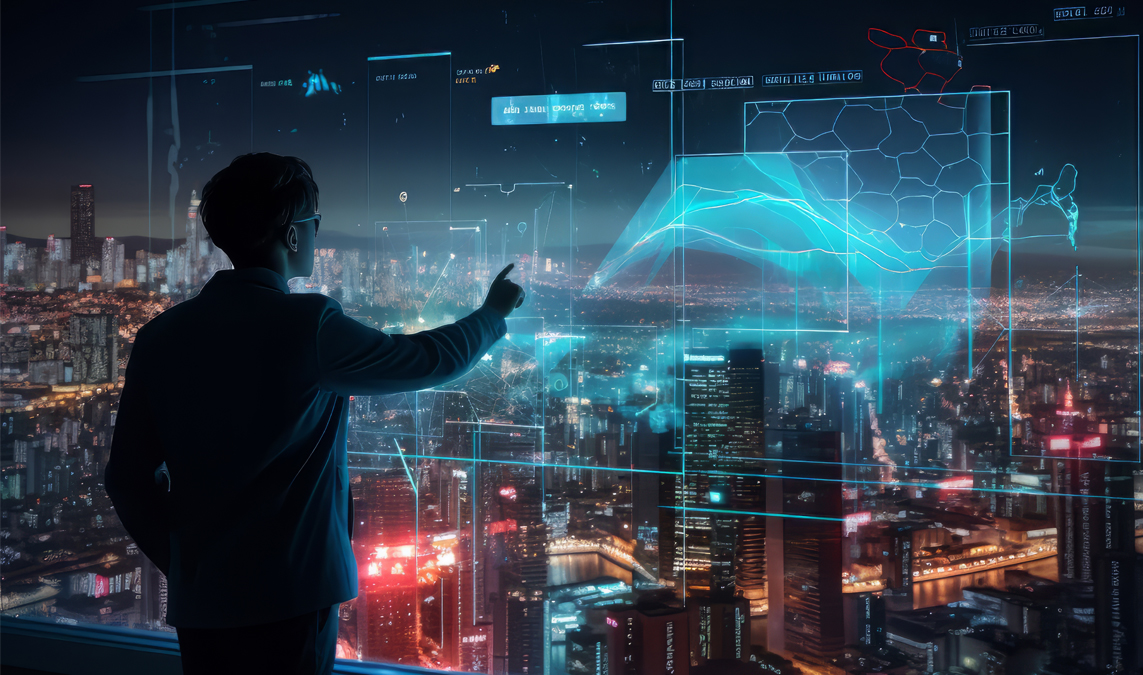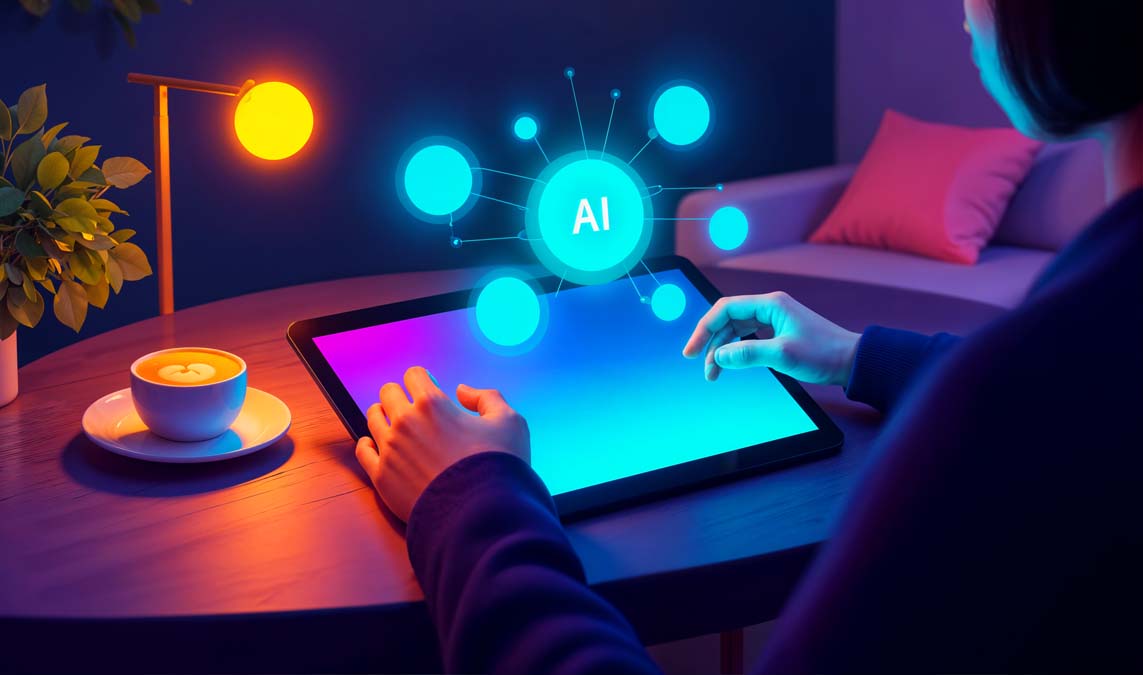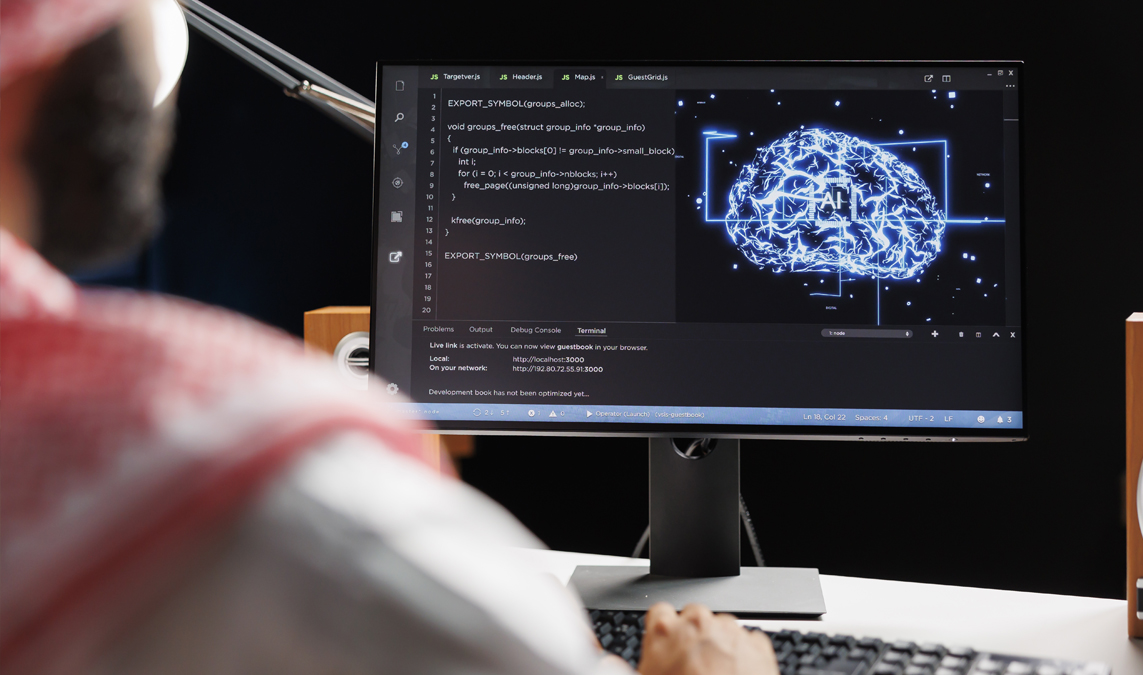In today’s rapidly evolving tech landscape, AI trend forecasting has emerged as a critical tool for businesses seeking to stay competitive. This advanced application of artificial intelligence enables organizations to analyze data patterns, predict market movements, and make informed strategic decisions faster than ever before.
What Is AI Trend Forecasting?
AI trend forecasting involves using machine learning algorithms and data analytics to predict future developments in markets, consumer behavior, technology, and more. Unlike traditional forecasting methods, which rely heavily on historical data and manual interpretation, AI systems process vast datasets from diverse sources — including real-time data from social media, news, and economic indicators.
The result? Faster, more accurate insights that give businesses a real-time edge.
Why It Matters in 2025
The post-pandemic world continues to shift unpredictably. Consumer behavior has changed, digital transformation is accelerating, and industries must navigate evolving demands. Here, AI trend forecasting plays a central role.
For example, retailers use AI to anticipate inventory needs based on shifting shopping patterns. Financial institutions forecast stock trends with greater accuracy by analyzing global sentiment. Even healthcare providers utilize AI-driven predictions to prepare for potential disease outbreaks or patient surges.
Key Benefits of AI Trend Forecasting
-
Increased Accuracy
AI models learn from patterns and adjust in real-time, providing more precise predictions than traditional statistical methods. -
Real-Time Insights
Instead of relying on quarterly reports or manual research, businesses gain live updates on shifts in consumer sentiment, tech adoption, and market volatility. -
Scalability
AI systems can analyze terabytes of data from millions of sources — a scale impossible for human analysts to match. -
Cost Efficiency
By automating analysis and forecasting, companies reduce overhead while improving strategic planning.

Industries Leading the Way
Several industries are aggressively adopting AI trend forecasting:
Retail & eCommerce: Predicting buying trends, optimizing pricing, and managing supply chains.
Finance: Enhancing algorithmic trading, detecting fraud, and forecasting market behavior.
Healthcare: Anticipating health trends, drug demand, and potential public health issues.
Marketing: Identifying emerging consumer interests and tailoring campaigns accordingly.
Challenges to Consider
Despite its advantages, AI trend forecasting isn’t without challenges. Models can inherit biases from data, and their accuracy depends heavily on data quality. Additionally, businesses must invest in infrastructure and talent to fully leverage AI capabilities.
It’s also crucial to remain transparent with stakeholders about how AI insights are used, particularly in sectors like finance and healthcare where decisions have serious implications.
The Future of Forecasting Is Here
As artificial intelligence continues to evolve, AI trend forecasting will become more personalized, autonomous, and integrated into everyday business processes. It’s not just about predicting the future — it’s about preparing for it with agility and confidence. By 2030, we can expect AI systems to not only forecast trends but also automatically suggest optimal actions, bridging the gap between insight and execution.
Conclusion
AI trend forecasting is no longer a futuristic concept — it’s a competitive necessity. From startups to global enterprises, organizations that embrace this technology are better equipped to navigate uncertainty and seize opportunities. With its ability to transform raw data into actionable foresight, AI is fundamentally changing how we plan for what’s next.







